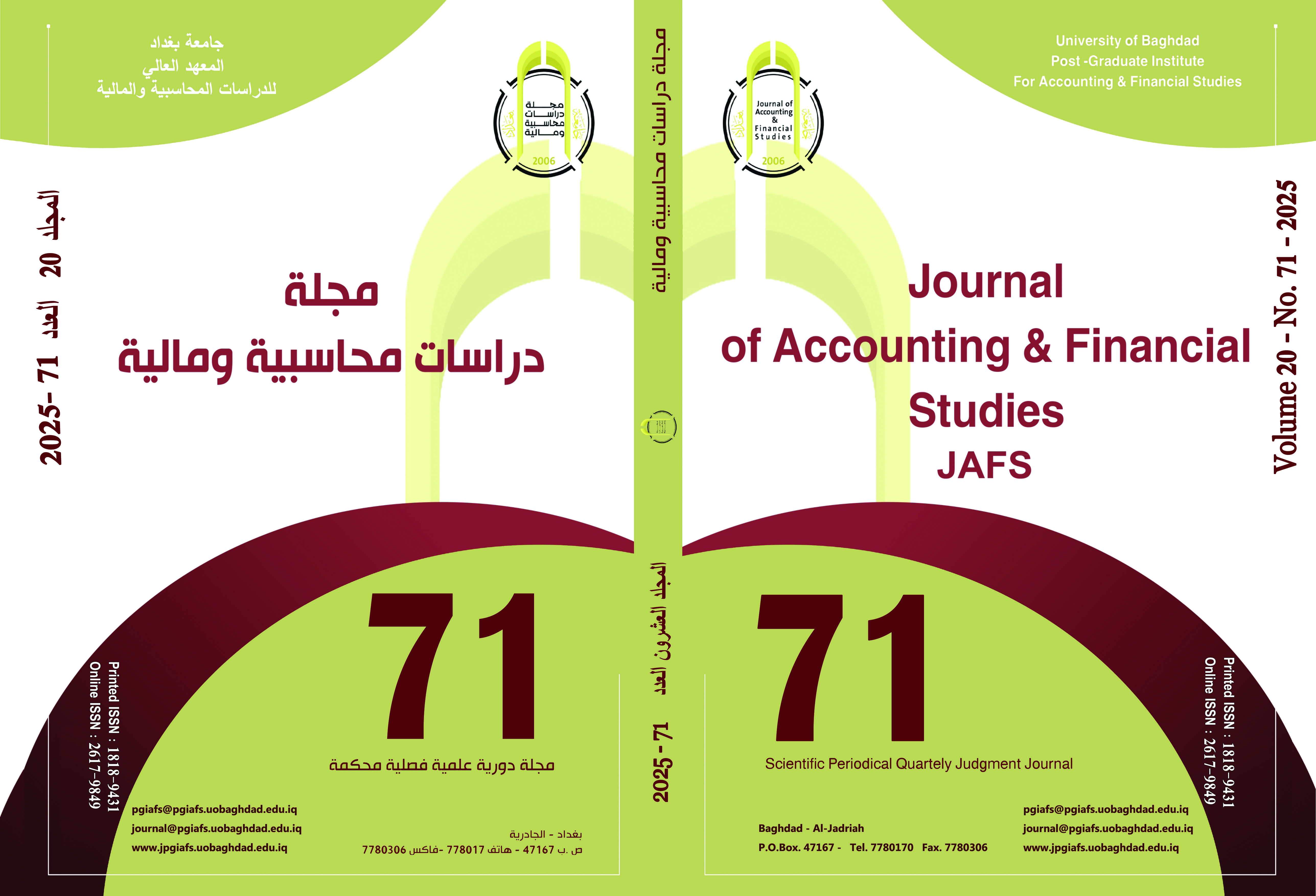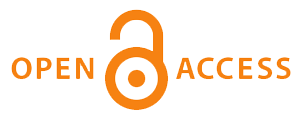Measuring the profitability efficiency of buffalo breeding projects in Iraq (Baghdad Governorate)
DOI:
https://doi.org/10.34093/t3mk7634Keywords:
Buffalo farming, profitability efficiency, Economic analysis, Economic efficiencyAbstract
The study aimed to estimate the efficiency of random profit limits and to identify the most important economic and social factors affecting buffalo milk profits in Baghdad Governorate. The model parameters were estimated using the maximum likelihood (ML) method and using the Frontier 4.1 program. The study used primary data from field sources, which were randomly collected from 96 breeders out of a total of 1600 breeders, representing 6% of the total projects. To determine the relationship between total profit and input prices, averages were taken, which were represented by (herd size, price of concentrated feed, price of green feed, price of dry feed, worker wages, and price of medicines and vaccines). Social factors such as the number of family members, experience, education, number of courses, and age have been included in the inefficiency model. The estimated coefficients showed the expected signs and were statistically significant at the 5% level, except for the variable of water and electricity prices, which was not significant. The results indicated that the buffalo milk producers in the study area achieved an average profitability efficiency of 76.53%. Breeders can increase their profits by 23.47% to reach optimal efficiency. Therefore, they should develop their productive skills in managing input usage to achieve the highest possible profitability efficiency.
Downloads
Published
Issue
Section
License
The copyright is transferred to the journal when the researcher is notified of the acceptance of his research submitted for publication in the journal.



